_lowres.jpg)
Back
Aphanamixis polystachya (Wall.) Parker
| Family Name: | Meliaceae |
| Synonyms: | Amoora aphanamixis Schultes, Amoora rohituka (Roxb.) Pierre |
| Common Name: | Pasak Lingga, Amoora, Cikih, Kasai Paya, Kulim Burung, Pithraj Tree, 山楝 |
Name
Classifications and Characteristics
| Plant Division | Angiosperms (Flowering Seed Plants) (Dicotyledon) |
|---|---|
| Plant Growth Form | Tree (Medium (16m-30m)) |
| Lifespan (in Singapore) | Perennial |
| Mode of Nutrition | Autotrophic |
| Plant Shape | Irregular |
| Maximum Height | 20 m |
Biogeography
| Native Distribution | From India, Sri Lanka, southern China, Taiwan, Bhutan, Vietnam, Laos, Thailand, Malaysia, Singapore, Philippines, Indonesia, Papua New Guinea, and the Pacific islands. |
|---|---|
| Native Habitat | Terrestrial (Primary Rainforest, Secondary Rainforest, Freshwater Swamp Forest) |
| Preferred Climate Zone | Tropical |
| Local Conservation Status | Native to Singapore (Least Concern (LC)) |
Description and Ethnobotany
| Growth Form | It is a tree up to 20 m tall. |
|---|---|
| Foliage | Its alternate, stalked pinnate leaves are 45 x 125 cm long, with 6 x 10 pairs of leaflets. Its leaflets have slightly leathery blades that are oblong to elliptic-oblong, red when young, and 7.5 x 25 by 4 x 9 cm. The midrib is prominent on both surfaces. |
| Flowers | Its female flowering shoots are up to 110 cm long, while male and bisexual flowering shoots are up to 50 cm long. Its sweetly scented flowers are 4 x 9 mm across, and cream to yellow or bronze. |
| Fruit | Its pink-red-purplish fruits grow in clusters, are round to pear-shaped, and 2 x 4 cm across. Each fruit bears 1 - 3 seeds that are 17 x 22 mm long, covered with brownish-red or orange oily pulp, and have a dark brown or black seed coat. |
| Habitat | It grows in lowland and hill forests, usually on hillsides and ridges with sandy to clay soil up to 1400 m altitude. |
| Associated Fauna | Its flowers are pollinated by insects. |
| Cultivation | It can be propagated by seed. |
| Etymology | Greek aphanos, invisible; Greek mixis, mating; Greek poly, many; Greek stachys, branch, referring to the much-branched male flowering shoot |
| Ethnobotanical Uses | Medicinal: Scientific Evidence of Medicinal Properties Based on research on the effect of Pasak Lingga on animals, it posses the following medicinal properties: analgesic <1> Traditional Medicinal Uses In Asia countries like India, the plant is used in traditional medicine (Ayurveda) to treat a wide variety of conditions, such as jaundice, ulcer, and intestinal worms <2>. Medical advice should be sought before use. It is important to note that some therapeutic effects from traditional medicinal uses of plants are not currently supported or verified by scientific research. Timber & Products: Its timber is used in house-building and for furniture. |
Landscaping Features
| Landscaping | It is suitable for parks. |
|---|---|
| Desirable Plant Features | Ornamental Fruits |
| Landscape Uses | Parks & Gardens, Small Gardens |
| Usage Hazard - Cons | Toxic Upon Ingestion |
Fauna, Pollination and Dispersal
| Pollination Method(s) | Biotic (Fauna) |
|---|
Plant Care and Propagation
| Light Preference | Full Sun |
|---|---|
| Water Preference | Moderate Water |
| Plant Growth Rate | Moderate |
| Rootzone Tolerance | Moist Soils, Well-Drained Soils, Fertile Loamy Soils |
| Propagation Method | Seed |
Foliar
| Foliage Retention | Evergreen |
|---|---|
| Mature Foliage Colour(s) | Green |
| Mature Foliage Texture(s) | Leathery |
| Foliar Type | Compound |
| Foliar Arrangement Along Stem | Alternate |
| Foliar Attachment to Stem | Petiolate |
| Foliar Shape(s) | Non-Palm Foliage (Elliptical, Oblong) |
| Foliar Venation | Pinnate / Net |
| Foliar Margin | Entire |
| Leaf Area Index (LAI) for Green Plot Ratio | 3.0 (Tree - Intermediate Canopy) |
Floral (Angiosperm)
| Flower & Plant Sexuality | Unisexual & Bisexual Flowers(Sub-dioecious) |
| Flower Colour(s) | Brown, Cream / Off-White, Yellow / Golden |
|---|---|
| Flower Grouping | Cluster / Inflorescence |
| Flower Location | Axillary |
| Inflorescence Type | Raceme, Panicle |
Fruit, Seed and Spore
| Mature Fruit Colour(s) | Orange, Pink, Red |
|---|---|
| Fruit Classification | Simple Fruit |
| Fruit Type | Dehiscent Dry Fruit , Capsule |
References
| References | <1> Hossain, M.M., Biva, I.J., Jahangir, R. & Vhuiyan, M.M.I. (2009). Central nervous system depressant and analgesic activity of Aphanamixis polystachya (Wall.) parker leaf extract in mice. African Journal of Pharmacy and Pharmacology 3(5): 282-286. <2> Apu, A.S., Chowdhury, F.A., Khatun, F., Jamaluddin, A.T.M., Pathan, A.H. & Pal, A. (2013). Phytochemical screening in In vitro evaluation of pharmacological activities of Aphanamixis polystachya (Wall) Parker fruit extracts. Tropical Journal of Pharmaceutical Research 12(1): 111-116. |
|---|
Image Repository
Others
| Master ID | 1423 |
|---|---|
| Species ID | 2716 |
| Flora Disclaimer | The information in this website has been compiled from reliable sources, such as reference works on medicinal plants. It is not a substitute for medical advice or treatment and NParks does not purport to provide any medical advice. Readers should always consult his/her physician before using or consuming a plant for medicinal purposes. |

_lowres.jpg)
_lowres.jpg)
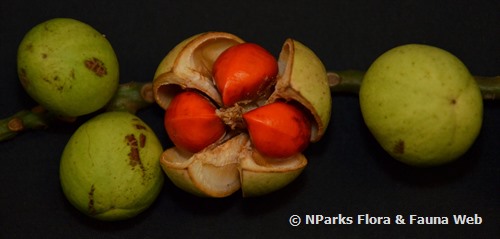
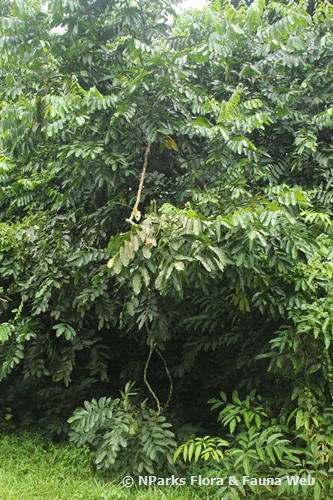
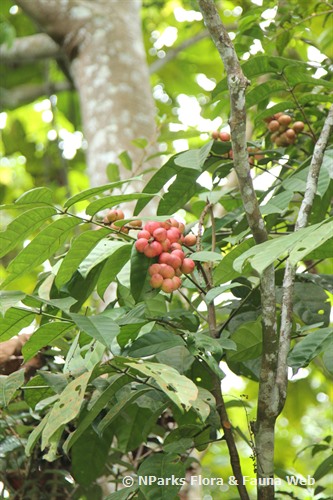

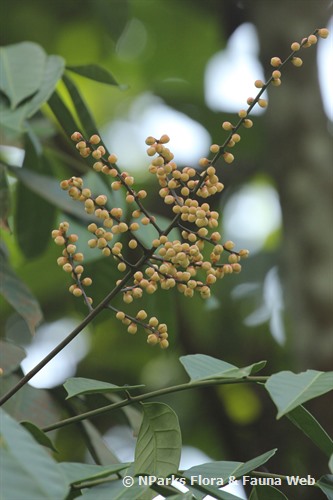
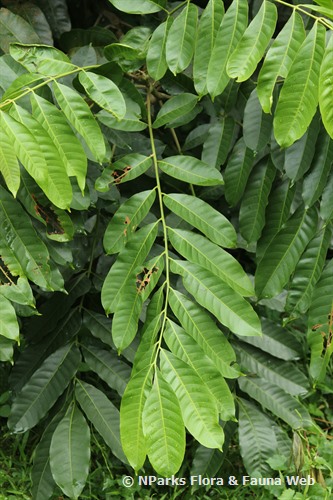

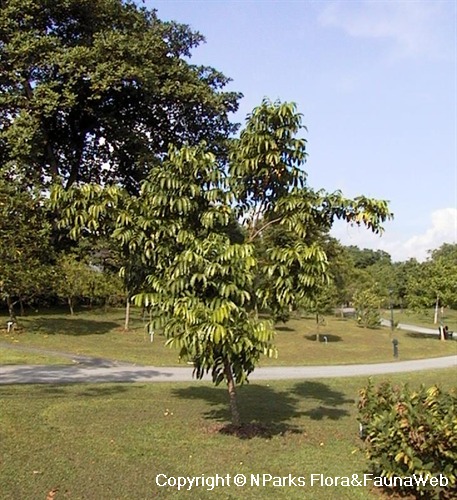
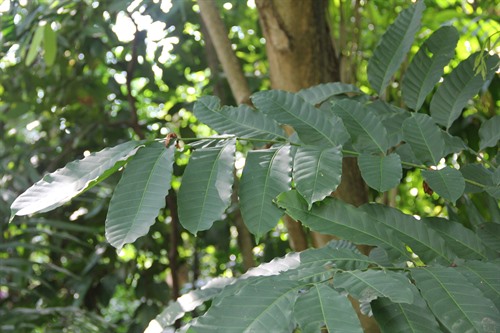
_lowres.jpg)
_lowres.jpg)